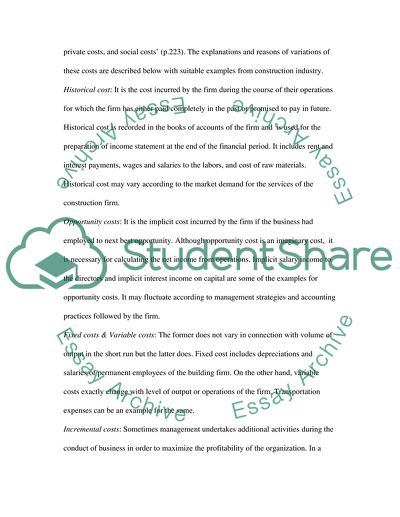Cite this document
(Management Accounting: Methods of Costing Case Study - 2, n.d.)
Management Accounting: Methods of Costing Case Study - 2. Retrieved from https://studentshare.org/finance-accounting/1573191-management-accounting
Management Accounting: Methods of Costing Case Study - 2. Retrieved from https://studentshare.org/finance-accounting/1573191-management-accounting
(Management Accounting: Methods of Costing Case Study - 2)
Management Accounting: Methods of Costing Case Study - 2. https://studentshare.org/finance-accounting/1573191-management-accounting.
Management Accounting: Methods of Costing Case Study - 2. https://studentshare.org/finance-accounting/1573191-management-accounting.
“Management Accounting: Methods of Costing Case Study - 2”. https://studentshare.org/finance-accounting/1573191-management-accounting.


